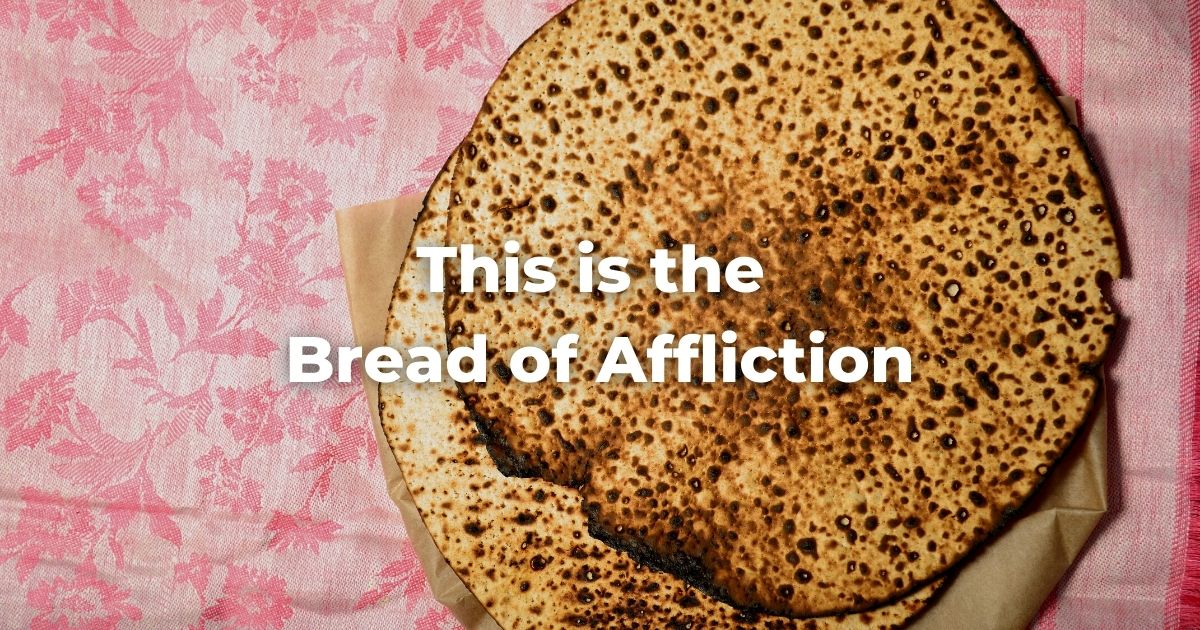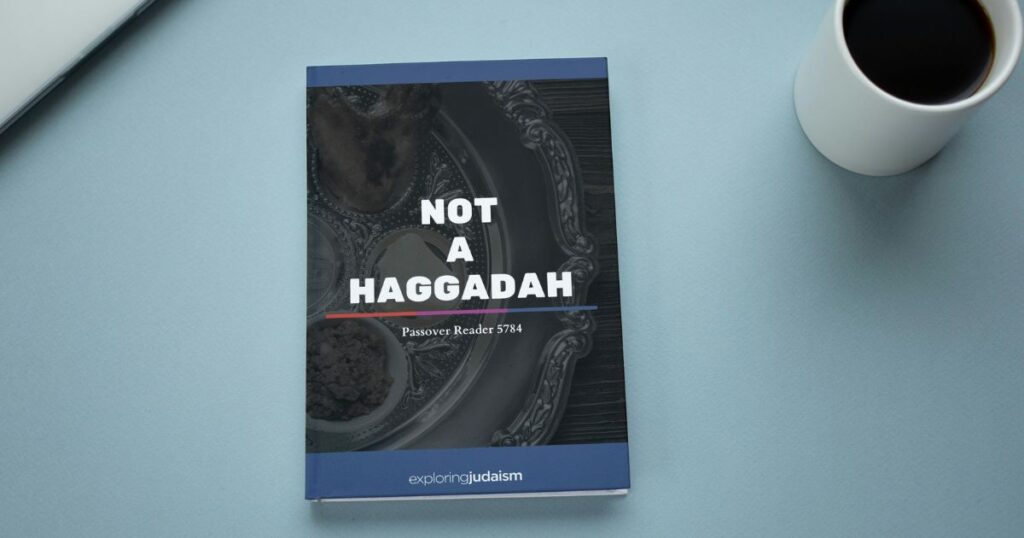This piece is part of Exploring Judaism’s 5784 Passover Reader. Download the whole reader here.
Normally, when we get to the early part in the Passover seder where we point to the matzah and say, “This is the bread of affliction,” we know what that means, and we nod in agreement.
It’s flat, tasteless bread.
It was purportedly created due to the haste of the Israelites fleeing Egypt, who did not have time to rise because they were refugees fleeing oppression. The matzah is only eaten at Passover, and that holiday specifically and systematically reminds us of what it is like to be in slavery.
It has digestive properties that most of us do not enjoy. When we say, “This is the bread of affliction,” generally, we all know what that means.
Looking Differently at the Bread of Affliction
A commentary I read in the hasidic text “Ahavat Shalom,” by Menachem Mendel of Kosov, looks differently at matzah.
The Kosover Rebbe teaches that when Adam and Eve ate in the garden, what they ate wasn’t literal food in the sense we know today. God did not make them physically hungry. Rather, the “food” of the garden was spiritual nourishment: soul food.
It was not so much filling as it was “fulfilling.” So too the manna from heaven—God fed the Israelites spiritual food which sustained them forty years in the desert.
This is the way it is with matzah.
It, too, is soul food: spiritual nourishment. We eat it at a specific time in order to fulfill a commandment.
It is not the bread of affliction.
It is the bread of spiritual elevation. It is a mitzvah. It connects us to God, and our ancestors, and freedom, and holiness.
It may not taste great. That’s fine. Because it is supposed to remind us to be great.
It may not be filling. That’s fine. Because it is supposed to be fulfilling.
Author
-

Mark Asher Goodman is spiritual leader and rabbi to congregations in both Erie and Pittsburgh, PA. He takes particular inspiration from the hassidic tradition, which attempts to make the Torah relevant on an individual and personal level. He is the author of recent book "Life Lessons from Recently Dead Rabbis: Hassidut for the People."
View all posts https://a.co/d/3VmhJPz







